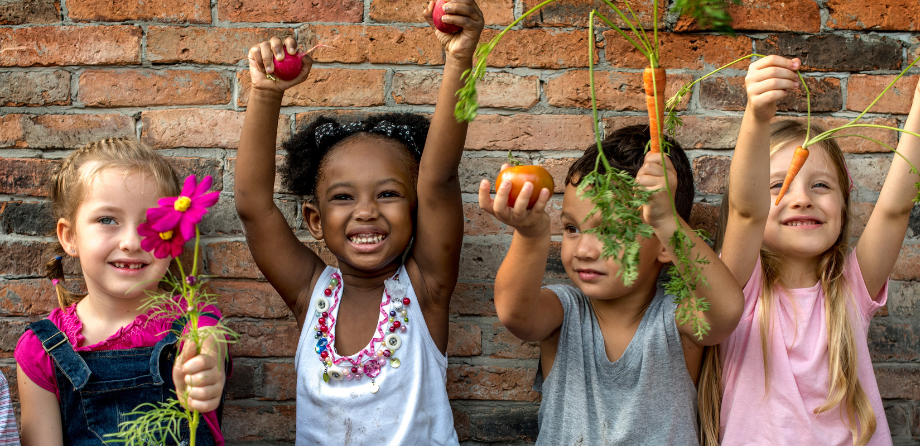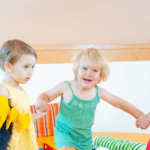
Top tips: Bring the outside in
Bringing nature into your nursery provides children with rich, hands-on experiences that enhance curiosity, exploration and overall development.
Incorporating nature into children’s daily activities, cultivates a deeper connection to the world around them and potentially, a life-long engagement with the environment and an accompanying sense of responsibility towards it.
Here are 10 tips to help bring the outside in:
- Gather natural objects to create indoor nature areas so children can explore things such as shells, seed pods, feathers etc. Add magnifying glasses for closer observation
- Use natural items in loose parts play – twigs, pebbles, pinecones
- Add natural materials to creative areas. For example, leaves for pressing into clay, bark or pinecones for printing with paint. Utilise fallen leaves or petals for collages
- Incorporate live plants around the setting and encourage children to water them, check for daylight exposure, observe their growth, and generally take care of them
- Grow plants in a window box or any container. Grow herbs, small vegetables, or flowers to nurture children’s respect for living things
- Offer natural sensory experiences. Fill pots, boxes, or trays with dried beans, rice, sand, leaves, small pebbles. Add scoops, funnels, tweezers, etc. to promote motor skills. Grow and use herbs such as lavender and basil for children to smell, crush, and discuss
- Invite a local gardener or conservationist to visit and give a hands-on demonstration of what they do to inform and inspire
- Encourage parents/families to bring in safe natural objects from their own explorations, such as shells from a trip to the beach
- Take every opportunity to discuss nature. The weather is a great one to incorporate, as it’s always there and available to everyone
- Consider how natural light comes into your rooms, such as whether there are areas which get too bright, or some areas which don’t let in enough light. Think about how you can use shading to reduce glare or natural lamps to increase the amount of light.
NDNA products to support you with this activity
Quality Teaching in Early Years – Online training
Disclaimer: Activities with children must always be risk assessed, including for allergies or choking. Children must always have adequate supervision. Resources and materials must always be appropriate for children’s age and stage of development.
- MyNDNA
Similar Articles
Early years activity: Indoor jungle safari adventure
This jungle safari adventure is a fun and engaging indoor obstacle course designed especially for…
Read more 
Top tips for indoor physical play
Physical play is a vital part of early childhood development, helping children build coordination, strength,…
Read more 

